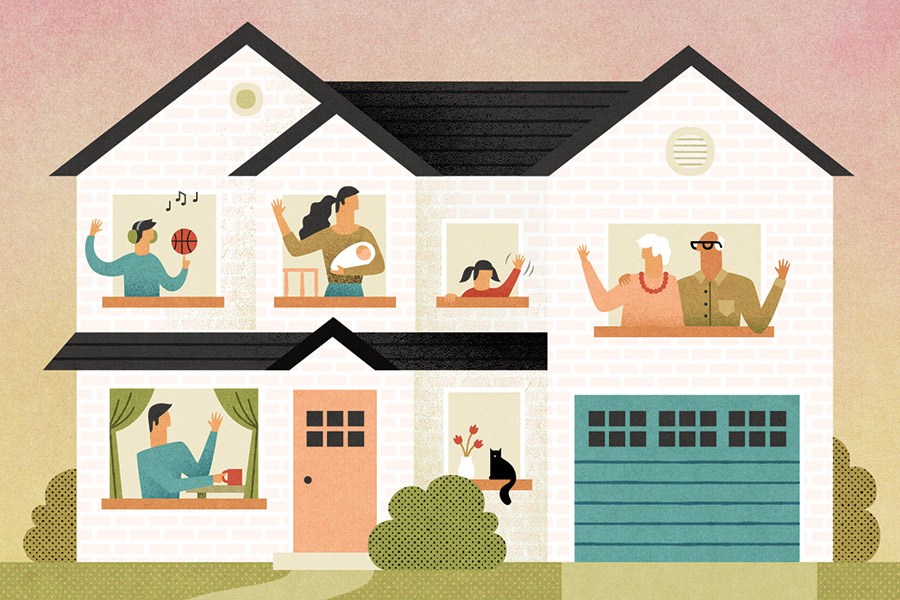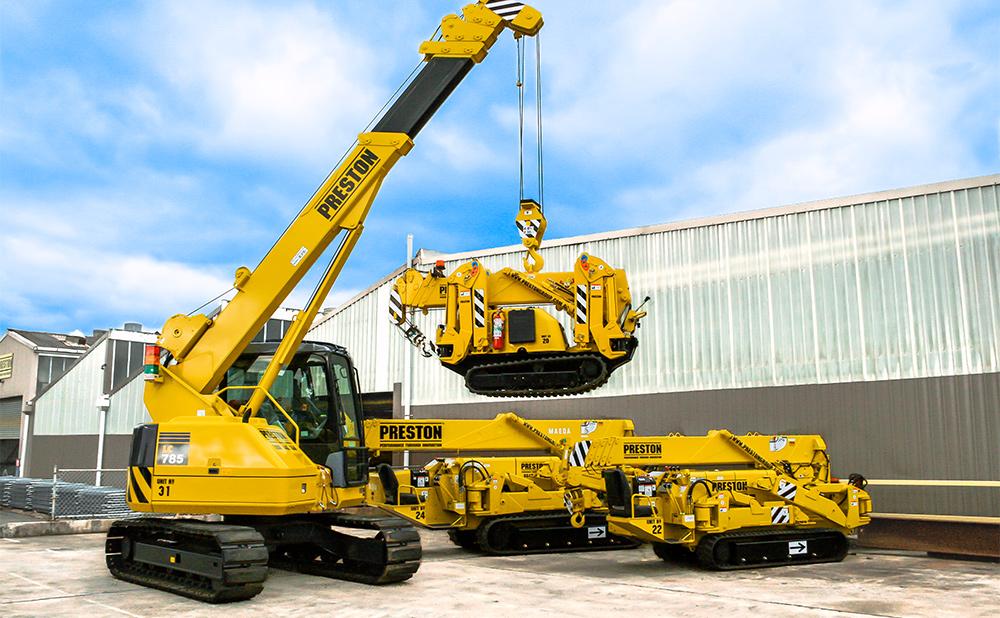Multigenerational housing has gained popularity as a viable option for meeting the housing demands of today’s increasingly multiethnic and multigenerational families. In a multigenerational house, young couples can plan for their future, teenagers can care for elderly parents, and grandparents can be closer to their grandchildren.
Envision a house that hums with the exciting vitality of people of all ages living together. It’s where elders teach the young, young people take comfort in the wisdom of their elders, and siblings forge relationships that can never be broken. A multigenerational household nurtures a sense of community while residents’ needs are respected.
Let’s find out more about the upsides and determine if it makes financial sense for you and your family to switch to this housing.
Table of Contents
What is a Multigenerational Home?
A multigenerational home can provide comfortable living quarters for several generations of a single family. Each generation has living quarters, but they may all take advantage of the shared kitchen and bathroom. Financial, cultural, and parental factors all contribute to the prevalence of multigenerational households.
Multigenerational households are often a product of custom-built homes due to their adaptability to meet individual requirements. When designing a one-of-a-kind multigenerational home, the number of family members, their ages, and any particular needs can be considered.
Also, it allows for adaptable features that can be modified as the family’s needs change, keeping the home functional and ideal for multigenerational family dynamics. Custom-built homes for multigenerational people improve family unity, togetherness, and well-being by fostering privacy, family connection, and cost efficiency.
6 Benefits of Multigenerational Homes
Enhanced Family Bonds
Multigenerational households foster stronger intergenerational bonds. Living together allows multigenerational families to spend more time and have more in-depth discussions.
Daily proximity fosters familial closeness and a supportive, nurturing environment. Grandparents share their knowledge and tradition with their grandchildren. Additionally, grandparents can mentor their grandchildren. Shared experiences, celebrations, and even mundane activities can unite family members.
Living with multiple generations also preserves family traditions. It maintains cultural customs, beliefs, and ideals. To maintain the family’s identity, culture, and traditions, elders can impart their stories and cultural history.
Financial Advantages
Several financial advantages accrue from long-term investments in multigenerational residences. The cost of ownership of a family business can be reduced by sharing costs.
Several generations can contribute to the down payment, mortgage, and ongoing expenses. Families can save, invest, and educate more effectively with this model. Utility, maintenance, and supply sharing can save money and stabilize costs. Multigenerational residences can provide rental income. Families with distinct living spaces can generate additional income by renting a basement or apartment.
Convenience and Flexibility
Multigenerational residences offer numerous advantages to family members. Childcare and parenting advantages are shared.
When multiple generations cohabit, grandparents, aunts, uncles, and elder siblings can help parents raise their children.
This aids parents and provides children with a safe, supportive environment. Family members can take turns rearing the children, providing them with diverse perspectives and perspectives. Family members can also save parents money by providing child care.
Multigenerational homes facilitate the care of aging parents or elders. Having elderly relatives in close proximity eliminates the need for elder care or convalescent homes.
Senior family members can receive assistance from adjacent relatives in emergencies and health crises. All family members benefit from multigenerational living because it improves work-life balance, reduces commute time, and facilitates adaptation to changing circumstances.
Practical Space Utilization
Multiple generations living under one roof may utilize space thoughtfully to accommodate everyone’s requirements. Each family unit can have its own space while remaining connected, thanks to the home’s ability to be divided into separate living areas or wings.
This arrangement permits solitude but promotes community. Families can create shared functional spaces like a kitchen, dining room, or living room by optimizing the floor plan and architecture.
Multigenerational home floor plans provide a harmonious environment for all family members by balancing privacy and communal living.
Additionally, living with multiple generations encourages resource-sharing and efficiency. By sharing lavatories, storage areas, and even outdoor amenities, family members can eliminate the need for duplicate facilities.
This decreases costs, energy usage, and waste. Families can reduce food waste and save money by purchasing in excess and sharing meals. A multigenerational residence benefits the family and the environment by sharing resources and maximizing space usage.
Safety and Security
Multigenerational home floor plans play a vital role in enhancing family security. Multiple generations can monitor the residence, making it feel secure.
This additional security can deter intruders and protect the residence. Older family members can provide extra protection when others are at work or school. Monitoring the household collectively provides everyone with security and peace of mind.
Multigenerational living also provides support in times of emergency. Family members can respond promptly to medical emergencies, natural disasters, and other unforeseen events.
Potential for Future Growth
A multigenerational residence can change and conform to family requirements. Adaptability to life changes and family dynamics is a benefit.
A multigenerational residence permits children to mature, marry, and have children. Adult offspring or extended family members can reside in separate units or in-law suites in additional living spaces. The home can adapt to the family’s needs, providing a solution that will last for generations.
The value and demand for multigenerational homes are another growth factor. Multigenerational living is rising due to increased housing costs, cultural norms, and the desire for stronger family relationships. This rising demand could increase the sales values of multigenerational homes.
A multigenerational property may offer a greater return on investment when sold. A multigenerational residence is an effective means of providing family care to seniors as the population ages. This aging-in-place benefit increases the long-term market value of multigenerational homes.
How to Find Home Builder for Multigenerational Homes
Choosing a multigenerational home constructor involves several crucial considerations. As a first step, find a multigenerational home constructor, preferably one experienced in current home design trends.
Multigenerational homes must have separate living areas, accessible features, and enough seclusion, in line with the latest home design trends. Check the portfolios of local builders for a multigenerational home experience incorporating the latest home design trends.
Second, inform the builder of your preferences. Include amenities such as distinct living quarters, wheelchair accessibility, and additional bedrooms and bathrooms.
Discuss these prerequisites to ensure that constructors comprehend your vision and can deliver. Visit model homes or completed projects to assess the builder’s craftsmanship and attention to detail. Research and communicate with home builders to find one who can construct a multigenerational home that meets everyone’s needs.
Remember to consult with friends, family, or real estate agents who have experience with multigenerational homes or are familiar with reputable local contractors. Online reviews and testimonials may disclose the experiences of former customers.
Conclusion
Buying a home that accommodates multiple generations is a smart move that can positively affect your family. Multigenerational households are more than a passing fad; it’s a viable long-term answer to the problems many modern families face. There are many positive aspects to having multiple generations under one roof.
These include the strengthening of family ties and the distribution of financial responsibilities, as well as enhanced safety and freedom. Multigenerational living can improve the well-being and contentment of all family members.






